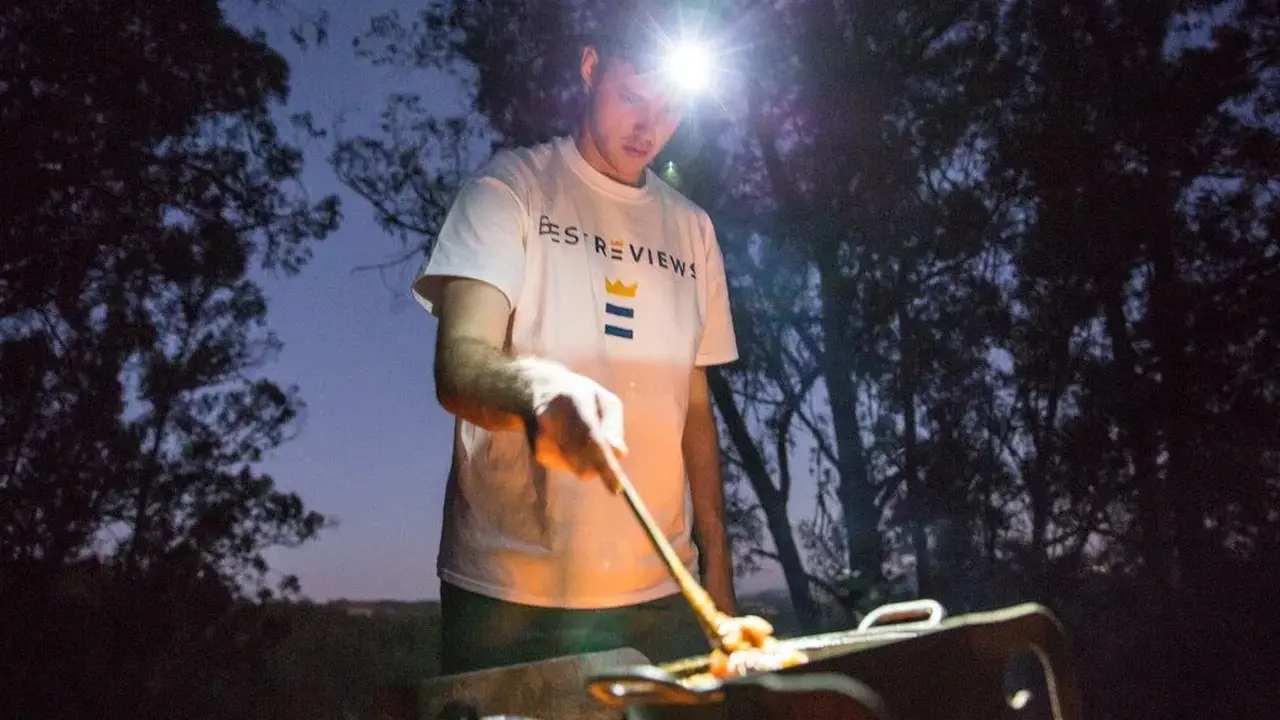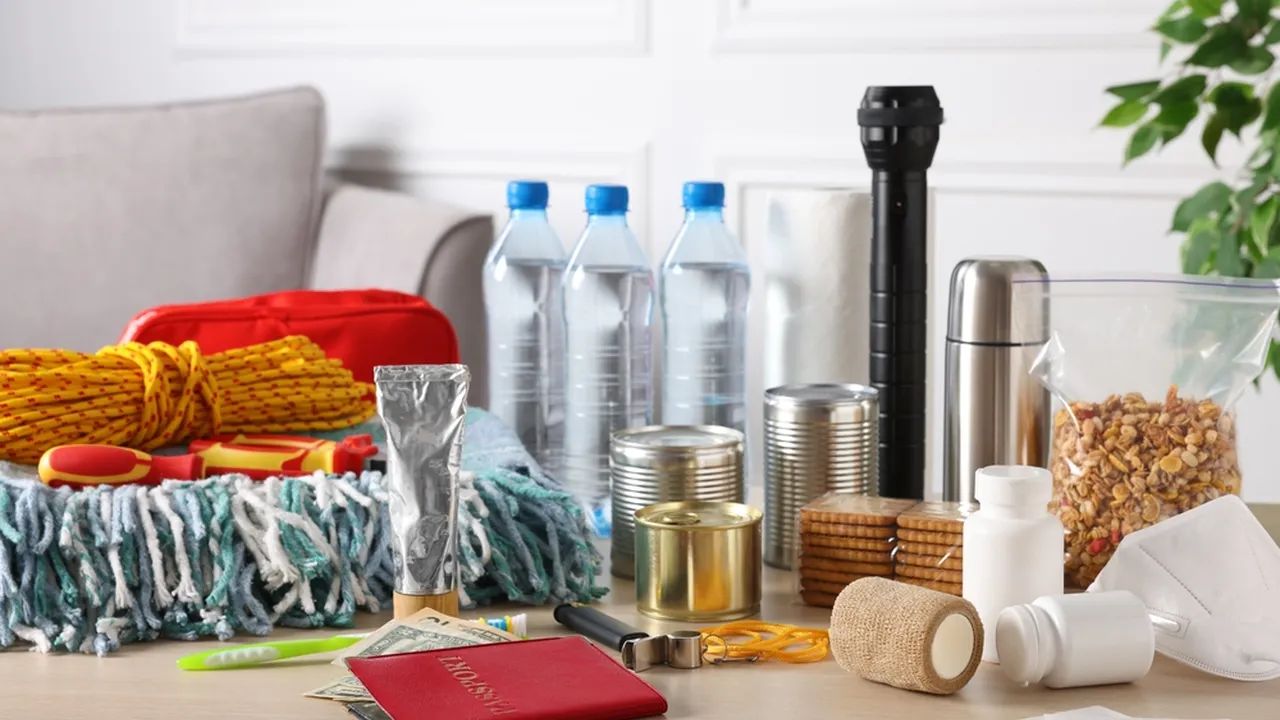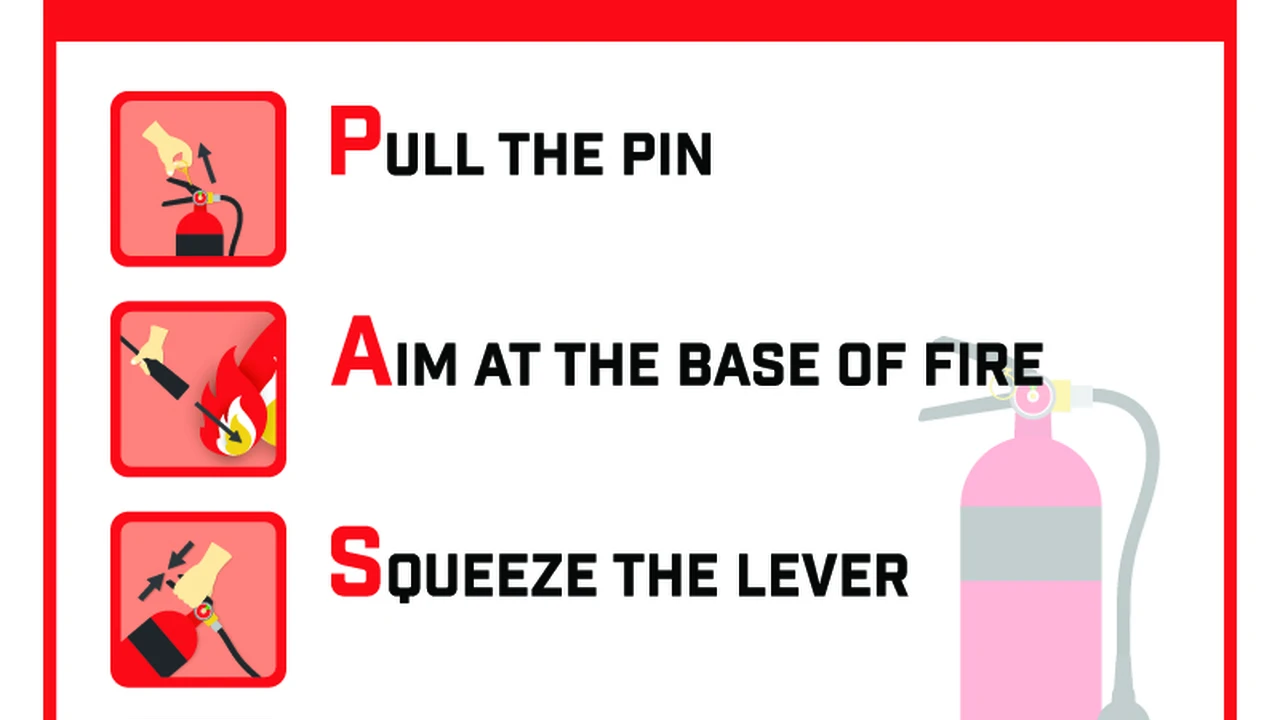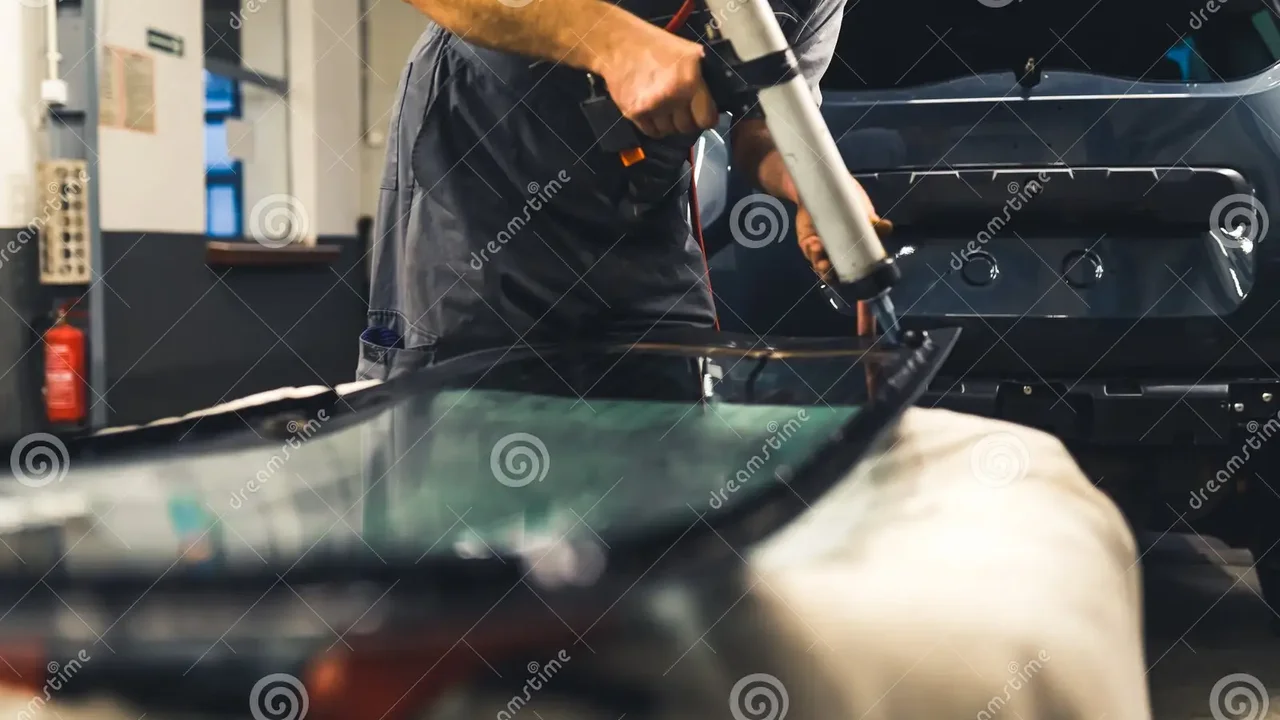How to Handle a Roadside Emergency at Night: Visibility Tips
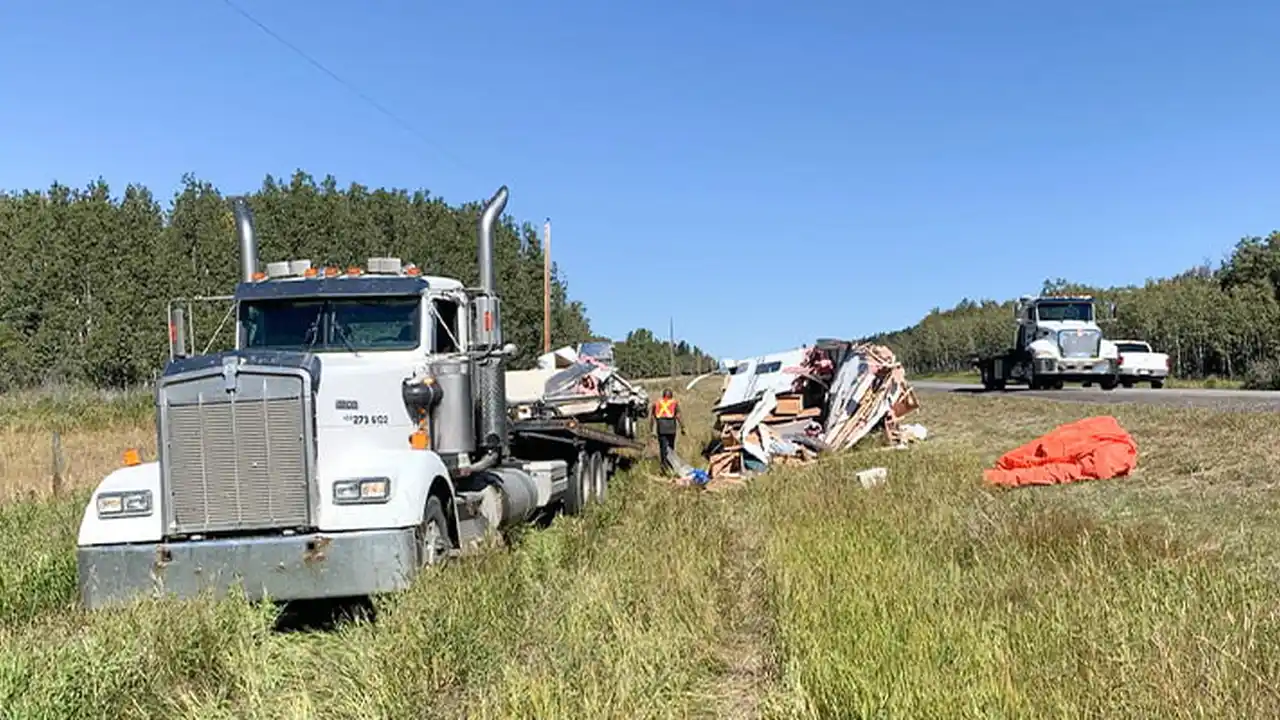
Roadside Emergency Preparedness Nighttime Essentials
Okay, so you're cruising along, enjoying the night, and BAM! Something goes wrong. Flat tire, engine trouble, you name it. Being stranded on the side of the road is never fun, but at night? That's a whole different ballgame. Visibility is your biggest enemy and your best friend. Let's talk about how to make sure you're seen and safe.
Increasing Your Visibility During a Nighttime Roadside Emergency High-Visibility Gear
First things first, gear up! Think of yourself as a beacon of safety. You need to be as bright as possible. Forget blending in; you want to stand out like a Christmas tree.
High-Visibility Safety Vests A Must-Have for Nighttime Emergencies
A high-visibility safety vest is your absolute best friend in this situation. Seriously, don't leave home without one. Look for vests that meet ANSI standards (American National Standards Institute). These vests are designed to be seen from a long distance, even in low-light conditions. The brighter, the better! They usually come in fluorescent yellow or orange, and often have reflective stripes. Make sure it fits properly – not too tight, not too loose. You want to be able to move around freely while wearing it.
Reflective Clothing Enhancing Nighttime Roadside Safety
Beyond the vest, consider other reflective clothing. A jacket with reflective strips, even reflective pants, can add another layer of visibility. If you're changing a tire, you'll be moving around, and the more reflective material you have on, the better. Think about gloves with reflective accents, too. Every little bit helps!
Product Recommendations and Comparisons Reflective Safety Gear Options
Okay, let's get specific. Here are a few vests and other reflective gear I recommend, along with their pros, cons, and approximate prices:
- Radians SV55-2ZGD Heavy Duty Surveyor Safety Vest: This vest is super durable and has tons of pockets. Great for professionals or anyone who wants a rugged option. Pros: Extremely durable, lots of storage. Cons: Can be a bit bulky. Price: Around $30.
- NoCry High Visibility Reflective Vest: A more affordable option that still meets ANSI standards. Lightweight and comfortable. Pros: Affordable, lightweight. Cons: Less durable than the Radians vest. Price: Around $15.
- REI Co-op Sahara Shade Hoodie: While not strictly a safety vest, this lightweight hoodie has reflective accents and provides sun protection during the day. It’s versatile for travel. Pros: Versatile, comfortable. Cons: Less visible than a dedicated safety vest. Price: Around $50.
- Nathan Streak Reflective Vest: Designed for runners, this vest is lightweight and offers 360-degree visibility. Great for moving around a vehicle. Pros: Lightweight, good visibility. Cons: Can be a bit pricey for roadside use. Price: Around $40.
Vehicle Visibility Enhancements Nighttime Roadside Safety Tips
It's not just about *you* being visible. Your car needs to scream "I'm here!" too. Think of it as adding extra layers of protection.
Hazard Lights Ensuring Maximum Visibility
This is a no-brainer. Turn on your hazard lights! All of them. They're there for a reason. Make sure they're working properly. If one is burned out, replace it ASAP. Hazard lights are your primary signal to other drivers that something is wrong.
Flares and Reflective Triangles Creating a Safety Zone
Flares and reflective triangles are your secondary line of defense. They create a visual warning zone around your vehicle, alerting approaching drivers to slow down and be cautious. Place them strategically. Flares are great for nighttime, but be careful – they are a fire hazard. Reflective triangles are reusable and safer, but they might not be as visible in extreme conditions.
Placement is key: Start by placing one triangle or flare about 10 feet behind your vehicle, and then another one about 100 feet back. If you have a third, place it even further back, especially if you're on a highway. The goal is to give drivers ample warning.
Product Recommendations and Comparisons Vehicle Safety Devices
Here are some specific product recommendations for flares and reflective triangles:
- Orion Safety Flare Kit: A classic flare kit with multiple flares and a striker. Pros: Very bright, highly visible. Cons: Fire hazard, single-use. Price: Around $20.
- Cartman Warning Triangle Reflective Safety Kit: A set of three reflective triangles with a sturdy base. Pros: Reusable, safer than flares. Cons: Less visible than flares in some conditions. Price: Around $15.
- Wagan Smart Flare LED Roadside Emergency Disc: An LED alternative to traditional flares. Pros: Reusable, magnetic base, multiple flashing patterns. Cons: Less intense brightness than traditional flares. Price: Around $30.
Communication is Key Calling for Help During a Nighttime Roadside Emergency
Visibility is crucial, but so is communication. Let people know you need help!
Cell Phone Usage Calling for Assistance
Your cell phone is your lifeline. Call for help as soon as possible. Dial 911 if it's an emergency. Otherwise, call roadside assistance or a towing company. Be prepared to give your location as accurately as possible. Use GPS apps to get your coordinates if you're not sure where you are.
Emergency Communication Devices Alternative Communication Methods
What if you don't have cell service? This is where emergency communication devices come in handy. Consider a satellite phone or a personal locator beacon (PLB). These devices can transmit your location to emergency services, even when you're out of cell range. A CB radio is another option, but its range is limited.
Product Recommendations and Comparisons Emergency Communication Tools
- Garmin inReach Mini 2: A compact satellite communicator that allows you to send and receive messages, share your location, and trigger an SOS. Pros: Global coverage, two-way communication. Cons: Requires a subscription. Price: Around $400.
- ACR ResQLink View Personal Locator Beacon (PLB): A PLB that transmits your location to search and rescue authorities when activated. Pros: No subscription required, durable. Cons: One-way communication only. Price: Around $300.
- Midland 50 Channel Waterproof GMRS Two-Way Radio: A two-way radio with a long range and waterproof design. Pros: Reliable communication, no subscription required. Cons: Requires a GMRS license, limited range compared to satellite devices. Price: Around $100.
Staying Safe While Waiting for Help Essential Safety Precautions
Okay, you've done everything you can to be seen and you've called for help. Now what? The waiting game begins. But don't just sit there twiddling your thumbs. There are things you can do to stay safe.
Staying Inside Your Vehicle Minimizing Risk
If possible, stay inside your vehicle. It provides a barrier between you and passing traffic. Lock the doors and keep your seatbelt fastened. This is especially important on busy roads or highways.
Situational Awareness Monitoring Your Surroundings
Pay attention to your surroundings. Watch for approaching vehicles. If you see a car coming too close, honk your horn and flash your lights. Be aware of your surroundings and be ready to react if necessary. Don't get so engrossed in your phone that you lose track of what's happening around you.
Essential Roadside Emergency Kit Items Nighttime Preparedness Checklist
Let's talk about your roadside emergency kit. It's not just for daytime emergencies; it's even more crucial at night. Here's a list of essential items to include:
- Jumper cables: A dead battery is a common problem.
- Tire inflator: For fixing a flat tire or topping off low tires. Consider a portable air compressor.
- Basic tools: Wrench, screwdriver, pliers, etc.
- First-aid kit: For treating minor injuries.
- Flashlight: A must-have for nighttime emergencies. Consider a headlamp for hands-free operation.
- Water and snacks: You never know how long you'll be waiting.
- Blanket: To stay warm in cold weather.
- Phone charger: To keep your phone alive. Consider a portable power bank.
- Gloves: To protect your hands.
- Duct tape: For temporary fixes.
Product Recommendations for your Roadside Emergency Kit Comprehensive Emergency Solutions
- AAA 75-Piece Roadside Emergency Kit: A comprehensive kit that includes jumper cables, a first-aid kit, a flashlight, and other essential items. Pros: Well-stocked, convenient carrying case. Cons: May need to supplement with additional items. Price: Around $50.
- EPAuto Portable Air Compressor Pump: A compact and easy-to-use air compressor for inflating tires. Pros: Plugs into a 12V outlet, digital display. Cons: Can be noisy. Price: Around $30.
- GearLight LED Head Lamp: A bright and adjustable headlamp that provides hands-free illumination. Pros: Water-resistant, multiple light modes. Cons: Requires batteries. Price: Around $20.
Specific Product Recommendations for Nighttime Roadside Safety
- Streamlight 75458 Stinger DS LED High Performance Flashlight: A powerful and rechargeable flashlight with a long beam distance. Ideal for signaling and illuminating the work area. Pros: High output, durable construction, rechargeable. Cons: Relatively expensive. Price: Around $150.
- Lifeline AAA Premium Road Kit: This kit includes a variety of items, including a high-visibility vest, warning flags, and a first aid kit. Pros: Comprehensive, includes visibility gear. Cons: Some items may be lower quality than individual purchases. Price: Around $70.
- Anker PowerCore 20100mAh Portable Charger: Ensures your phone stays charged, allowing you to call for help or use navigation apps. Pros: High capacity, fast charging. Cons: Can be bulky. Price: Around $50.
Final Thoughts on Nighttime Roadside Safety
Being prepared for a roadside emergency at night is all about visibility, communication, and common sense. By taking the right precautions and having the right gear, you can significantly increase your safety and get back on the road as quickly as possible. Stay safe out there!
:max_bytes(150000):strip_icc()/277019-baked-pork-chops-with-cream-of-mushroom-soup-DDMFS-beauty-4x3-BG-7505-5762b731cf30447d9cbbbbbf387beafa.jpg)



